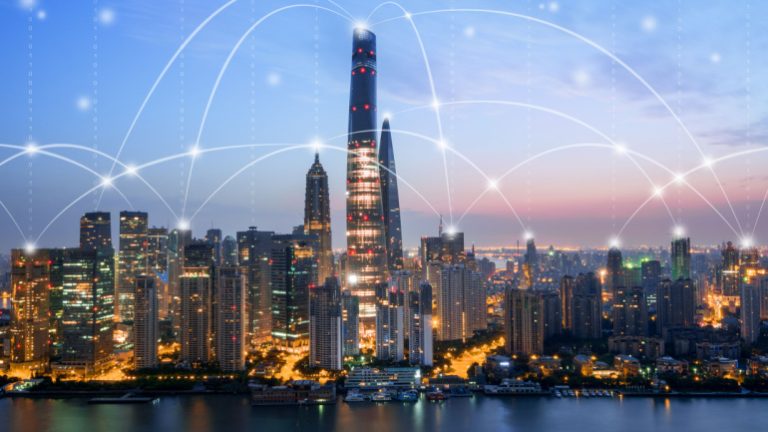
In an age where cyber threats are growing exponentially, traditional security measures are no longer sufficient. At RSAC 2024, Cisco’s Jeetu Patel and Tom Gillis made a compelling case for the transformative power of AI in cybersecurity during their keynote presentation, “The Time is Now: Redefining Security in the Age of AI.” Their insights provide a roadmap for how AI can enhance cybersecurity, moving defenses from reactive to proactive.
The Critical Role of AI in Cybersecurity
Consider the overwhelming flood of data that cybersecurity analysts face daily. Information pours in from numerous sources, systems, and Common Vulnerabilities and Exposures (CVEs). The sheer volume and complexity can paralyze even the most skilled teams. This is where AI comes into play, acting as a sophisticated filter that consolidates, connects, and summarizes vast amounts of data. It not only identifies patterns and anomalies but also provides actionable insights tailored to specific environments.
For example, AI can transform the tedious task of CVE analysis by summarizing essential details and highlighting critical areas that need immediate attention. This enables analysts to focus on the most pressing threats, rather than getting lost in data.
Implementing AI: Governance and Strategy
However, integrating AI into cybersecurity isn’t just about adopting new technology. It requires careful planning and governance to ensure its effectiveness and ethical use. Here are some key considerations for successful implementation:
- Quality of Information: Feeding AI systems with high-quality, relevant data is crucial. This involves continuously updating threat intelligence to keep the AI’s analysis accurate and timely.
- Data Appropriateness and Rights: Ensuring the data used is appropriate and within legal and ethical boundaries protects privacy and maintains compliance.
- Audience Tailoring: Information must be tailored to different stakeholders within the organization, ensuring it is relevant and understandable for each group.
- Alignment of Value and Risk: Identifying where valuable systems and data are located and aligning them with risk assessments helps prioritize resources and efforts.
Enhancing Efficiency and Communication
One of the most transformative aspects of AI in cybersecurity is its ability to enhance efficiency and communication. AI can act as an intermediary, transforming technical information into accessible language tailored to the recipient’s role and technical understanding. This personalized interaction ensures that everyone, from technical staff to executive leaders, receives the information they need in a way that makes sense to them.
Imagine a scenario where AI not only analyzes threats but also crafts communications that consider the recipient’s technical level and concerns. For example, a CISO might receive a high-level summary of a threat with strategic recommendations, while a network engineer receives a detailed technical breakdown and specific actions to take. This personalized approach ensures that the information is relevant and actionable for each individual, enhancing overall organizational response.
Overcoming Challenges
Despite its potential, the adoption of AI in cybersecurity comes with challenges. One significant risk is the rush to implement AI technologies driven by FOMO (fear of missing out), which can lead to unnecessary risks. Companies must adopt a strategic, phased approach to integrating AI, starting with small pilot projects and gradually scaling up based on proven results.
Key Challenges and Mitigation Strategies:
- Over-Reliance on AI: While AI can significantly enhance cybersecurity, over-reliance can lead to complacency. Maintaining a balance between AI-driven and human oversight is essential.
- Data Privacy and Security: Handling sensitive information requires stringent controls to prevent breaches and misuse. Ensuring data privacy and security is paramount.
- Ethical Considerations: AI systems must operate within ethical boundaries, avoiding biases and ensuring fair treatment of all data subjects.
The Future of AI in Cybersecurity
AI is poised to become a cornerstone of cybersecurity, not just by enhancing threat detection and response but by transforming how organizations interact with security data. The future lies in AI’s ability to provide personalized, context-aware insights that are tailored to each user’s needs and technical level. This personalized approach will make security information more relevant, understandable, and actionable, driving better decision-making and more effective responses to cyber threats.
AI is not just a tool but a game-changer in the cybersecurity landscape, enabling us to anticipate and neutralize threats before they materialize.
By embracing AI thoughtfully and strategically, organizations can significantly enhance their cybersecurity defenses, streamline operations, and improve communication. As AI technologies continue to advance, they will play a crucial role in shaping the next generation of cybersecurity strategies, ensuring that organizations remain resilient in the face of evolving threats.


